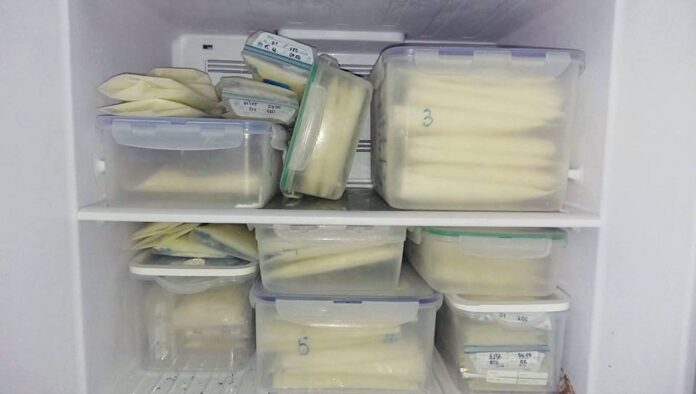A Step-by-Step Guide to Thawing Breast Milk
1. Thawing Frozen Breast Milk from the Freezer
To thaw frozen breast milk, transfer it from the freezer to the refrigerator a day before you intend to use it. This gradual thawing process ensures the milk remains chilled. Once the milk has completely softened and liquefied, gently swirl the container to mix the fatty portion with the watery portion evenly. Then, replace the cold water used for thawing with warm water to heat the milk to the desired temperature for your baby’s consumption.
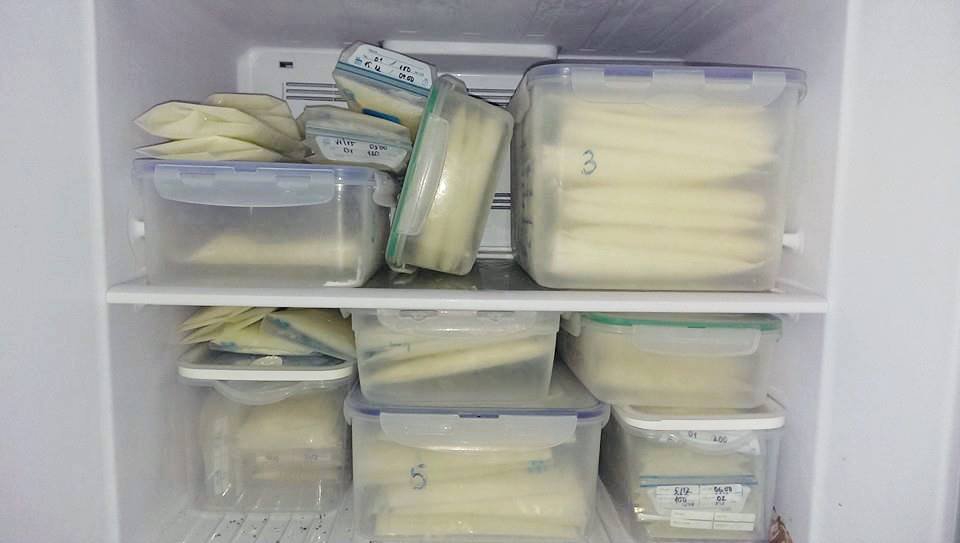
2. Quick and Odorless Breast Milk Thawing Methods
2.1. Manual Thawing Technique
– Prepare a bowl of cold water.
– Remove the frozen milk bag from the freezer and immediately immerse it in the cold water. Alternatively, you can run cold water directly over the bag.
– Once the milk has completely liquefied, gently swirl the bag to mix the contents evenly.
– Proceed to heat the milk for your baby’s consumption.
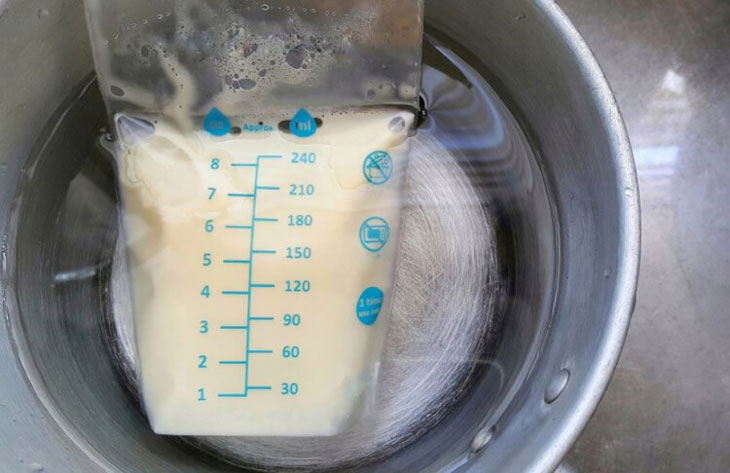
2.2. Using a Bottle Warmer
One of the most popular methods among mothers today is using a bottle warmer, as it is easy, time-efficient, and effective at preserving the milk’s nutrients.
Instructions:
– Fill the bottle warmer with an appropriate amount of water.
– Place the frozen milk into the warmer, select the thawing function, and press the power button.
– Once the cycle is complete, the milk will be ready for your baby to consume.
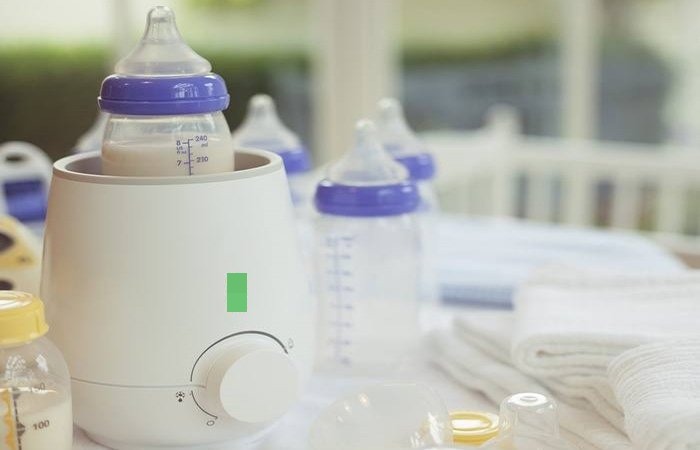
3. How Long Can Thawed Breast Milk Be Stored?
According to the Ministry of Health, thawed breast milk should be used within a specific timeframe to ensure its safety and nutritional value. Here are the recommended guidelines:
Thawed in the refrigerator: Use within 24 hours.
Thawed at room temperature: Use within 1-2 hours.
The recommended usage time starts from when the milk is completely thawed, not from when it is removed from the freezer or freezer compartment.
4. Important Considerations When Thawing Breast Milk
After thawing, you may encounter the following issues with your breast milk:
– White sediment in thawed breast milk: This is a normal occurrence and is usually due to dehydration or insufficient water intake, resulting in thicker milk that is harder to dissolve.
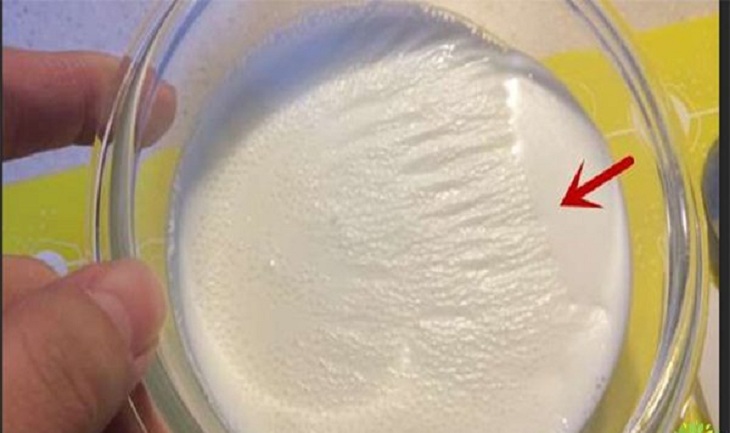
– Unpleasant odors in thawed milk: If you detect a soapy smell, it is likely due to the presence of an enzyme called Lipase, which is naturally occurring in breast milk. However, if the milk has a sour or rancid odor, it has likely spoiled, and you should discard that portion.
By An Nhien – Vietnamnet
Should You Refrigerate Honey?
Honey is a precious and versatile ingredient, with many wondering if it should be stored in the refrigerator. With its multitude of uses and benefits, it’s important to know how to properly store this liquid gold. Uncover the secrets to honey’s longevity and explore the fascinating world of this sweet treat as we delve into the do’s and don’ts of honey storage.

























